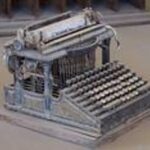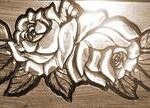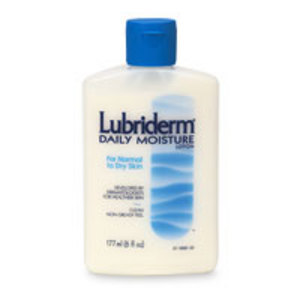The real meat of any school lab report is the results section. This is the part where you discuss the data that was obtained in the experiment, usually portrayed in charts, graphs, and tables. Equally important, the writer of the report writes about trends in the data and potential meaning. Here are some tips for making this crucial portion of your report really shine.
Start by coming up with a plan for how you’re going to show the data. You can display it in a number of different ways, but typically the more visual and quickly readable the method is the better. And for most types of experiments, that means charts and graphs. Sometimes it’s best to quickly whip up rough versions of each, to get a feel for how the data will look. After a while, you’ll probably get a feel for different types of data and you’ll have an intuitive sense early on of what will work best.
Next, start building your charts, graphs, and tables. This is the core of the presentation, so make sure they’re right. All the conclusions you make are based on this information, and those who are reading it may scrutinize the data very carefully. You don’t want to make assertions in the text of the report, only to have a typo or omission put a dent in that argument. Such goof ups can put the credibility of the whole report in question.
For these reasons, proofreading your charts and graphs is crucial at every phase of the report. Don’t just read it once, and then send it on its way. You’ll want to read it first by comparing each number to your notes. Then read it again for formatting. The best method is to have others read it too, which is not too difficult if you’re working in a group.
Next, look at the trends that are emerging from the data. Sometimes it pays to walk away for a little while – if time permits – and take a fresh look. By stepping back, you often see things that weren’t so obvious when you’re poring over the information for hours. The trends can be that one element is not affecting the other. In such a case, there is “no relationship,” which in itself can be a valuable conclusion.
Bring this information together into the Trends section of the report. This is where you write about the trends. Be very specific. This is not a section for potential reasons why the data trended the way it did. That comes later, in the Conclusion section. At this point, you just want to talk about the data itself, without imposing any greater meaning on it.
And that’s all there is to it. Many people make more out of the Results section than they should. Be methodical, look at the data, and stick to the information it reveals and you’re almost sure to do a great job of it.
SOURCES:
Writing Lab Reports and Scientific Papers
www.mhhe.com/biosci/genbio/maderinquiry/writing.html
How to Write a Lab Report
www.geocities.com/chris_castellana/labreport.htm
How to Write a Results Section for a Lab Report
www.ehow.com/how_2098642_write-results-section-lab-report.html




